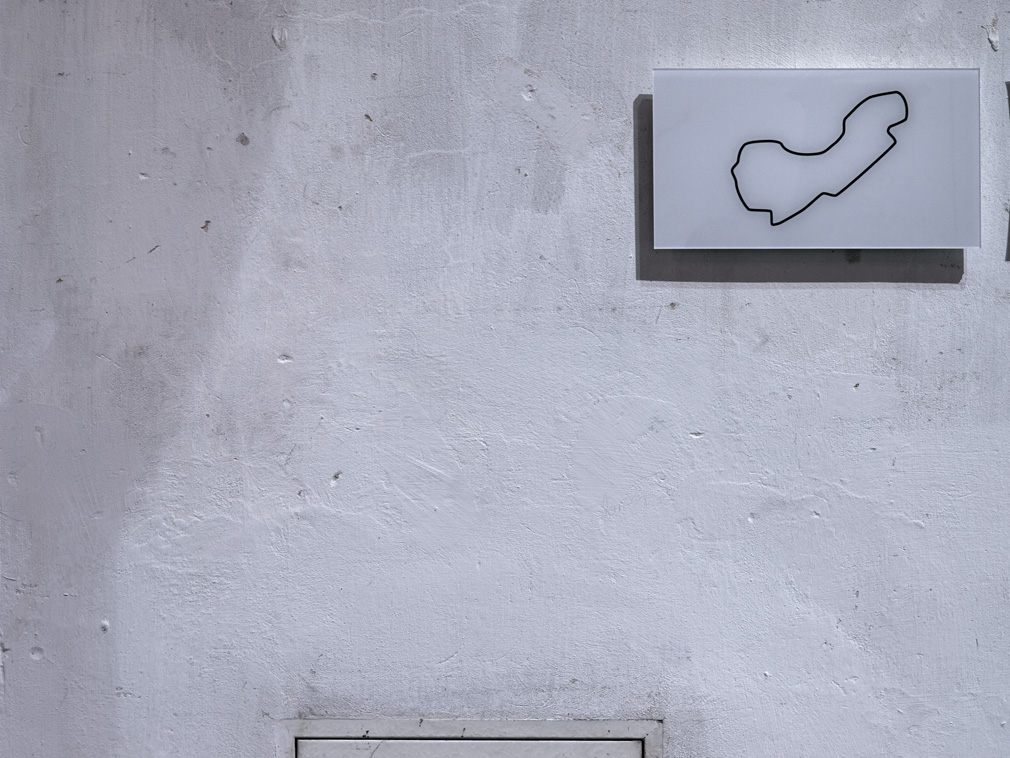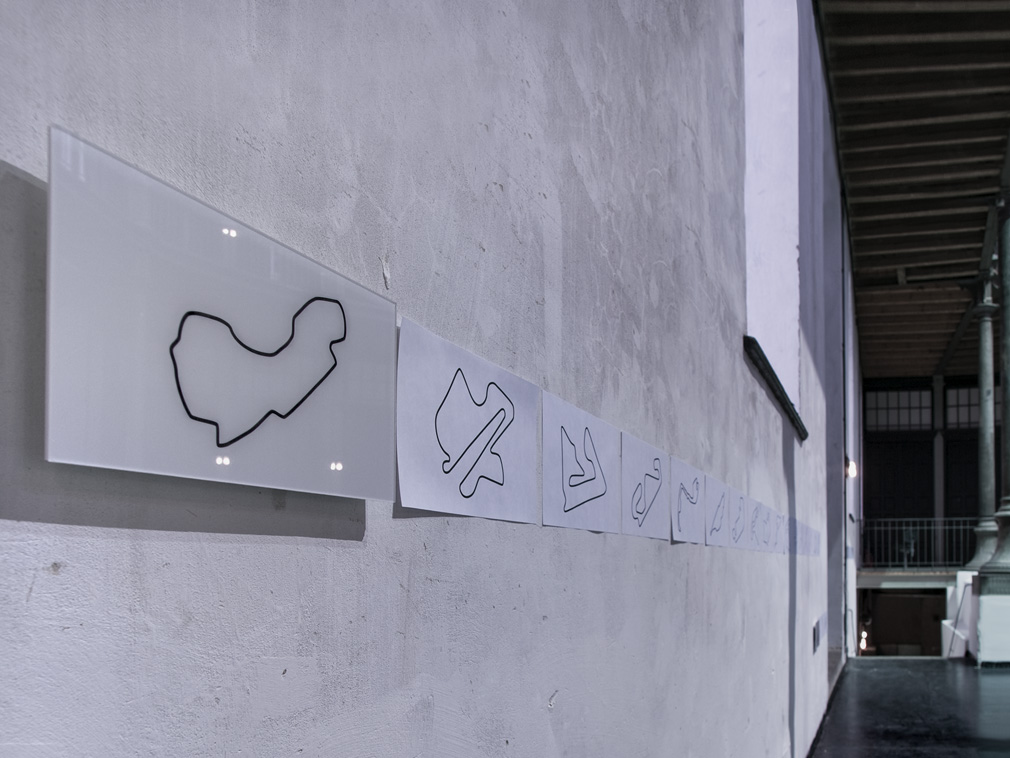title
The Courses 1.1 – 1.17
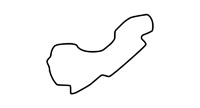
subtitle
formula 1
year
2007
material
C-print
edition
1+1ae
seize cm
A 148x80
B 111x60
C 74x40
D 37x20
usage
cc by-nc-sa
info
series of the Formula 1 tracks 2007
1.1 Albert Park . Australia 1.2 Sepang . Malaysia 1.3 Bahrain . Bahrain 1.4 Catalunya . Spain 1.5 Monte Carlo . Monaco 1.6 Gilles Villeneuve . Canada 1.7 Indianapolis . Usa 1.8 Magny-Cours Circuit . France 1.9 Silverstone Circuit . Britain 1.10 Nuerburgring . Germany 1.11 Hungaroring . Hungary 1.12 Istanbul . Turkey 1.13 Monza . Italy 1.14 Spa . Belgium 1.15 Suzuka . Japan 1.16 Shanghai . China 1.17 Interlagos . Brazil
 < 1.1 Albert Park . Australia
< 1.1 Albert Park . Australia 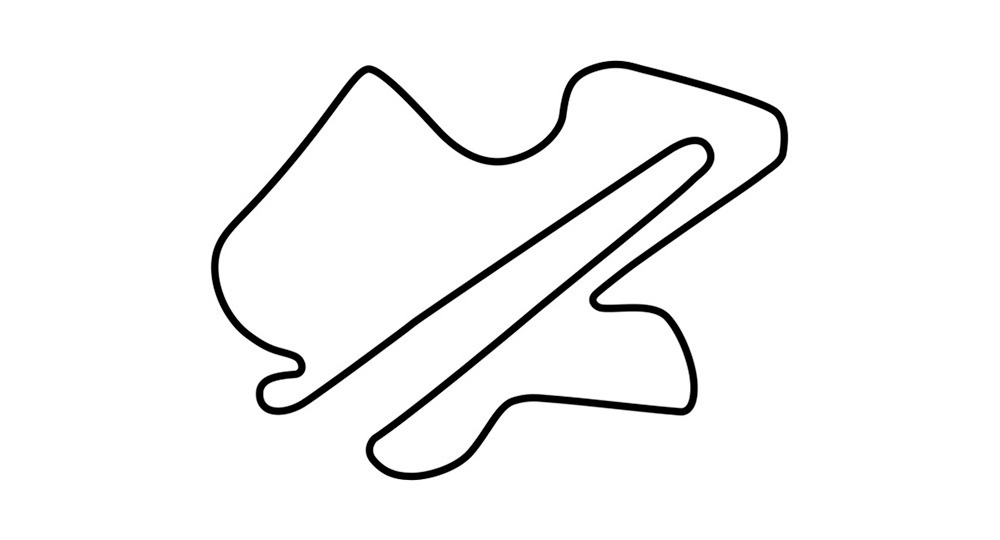 < 1.2 Sepang . Malaysia
< 1.2 Sepang . Malaysia 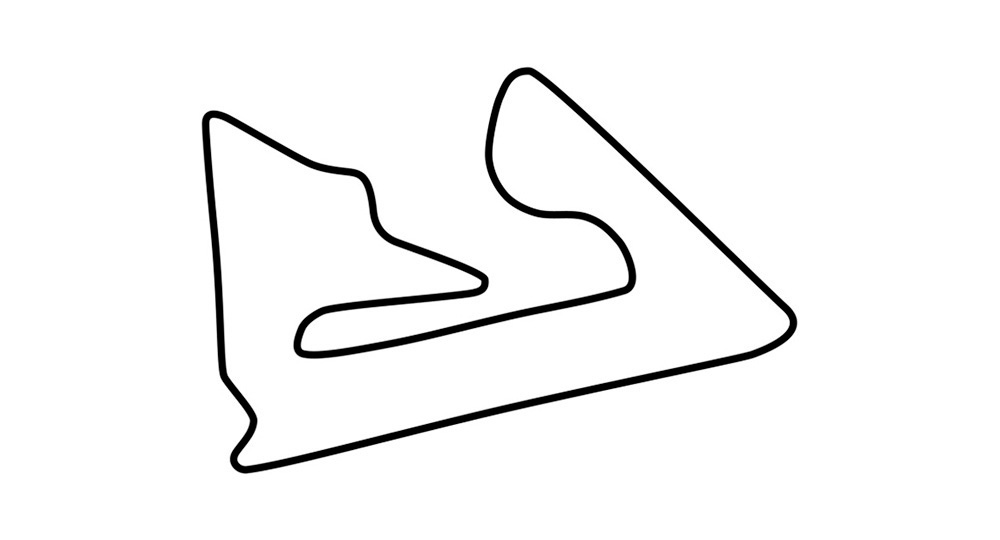 < 1.3 Bahrain . Bahrain
< 1.3 Bahrain . Bahrain 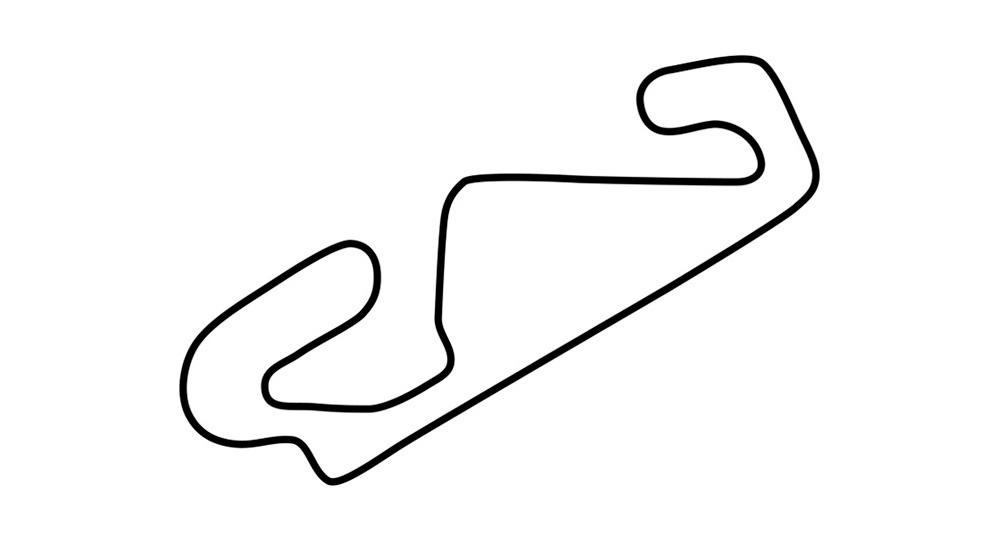 < 1.4 Catalunya . Spain
< 1.4 Catalunya . Spain 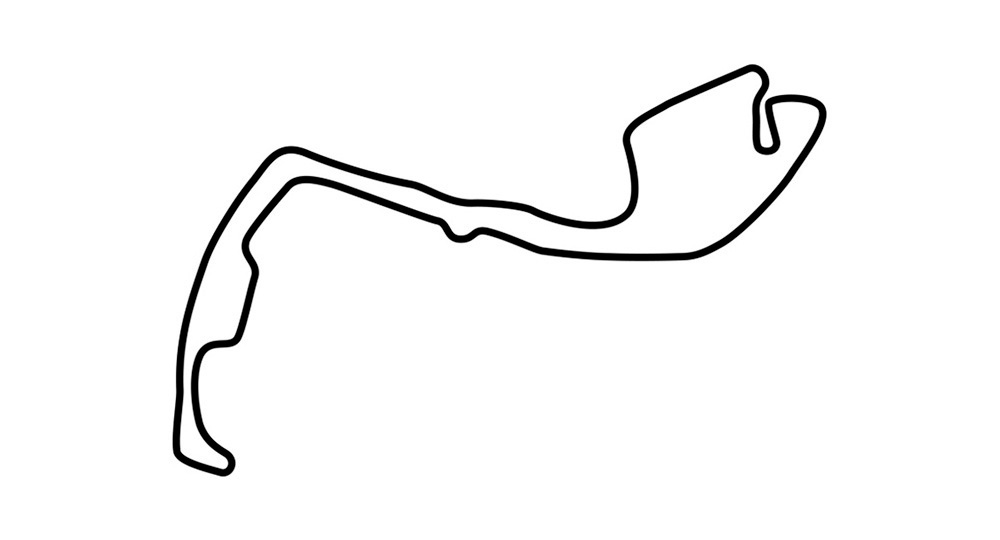 < 1.5 Monte Carlo . Monaco
< 1.5 Monte Carlo . Monaco 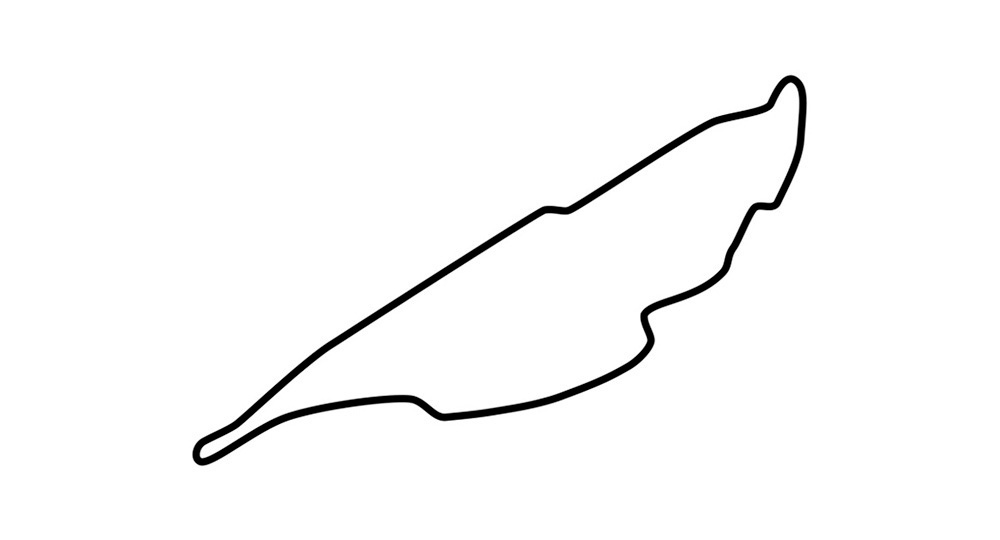 < 1.6 Gilles Villeneuve . Canada
< 1.6 Gilles Villeneuve . Canada 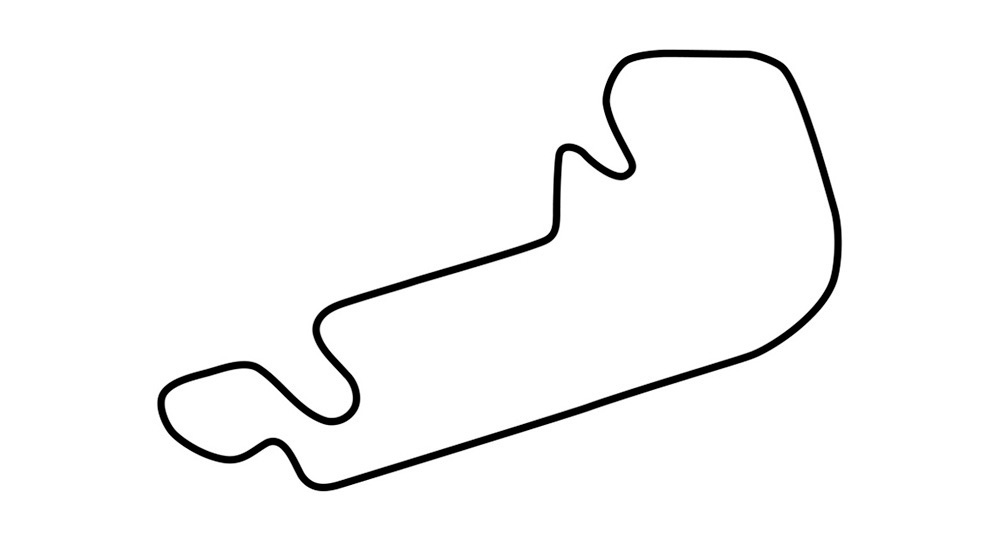 < 1.7 Indianapolis . Usa
< 1.7 Indianapolis . Usa 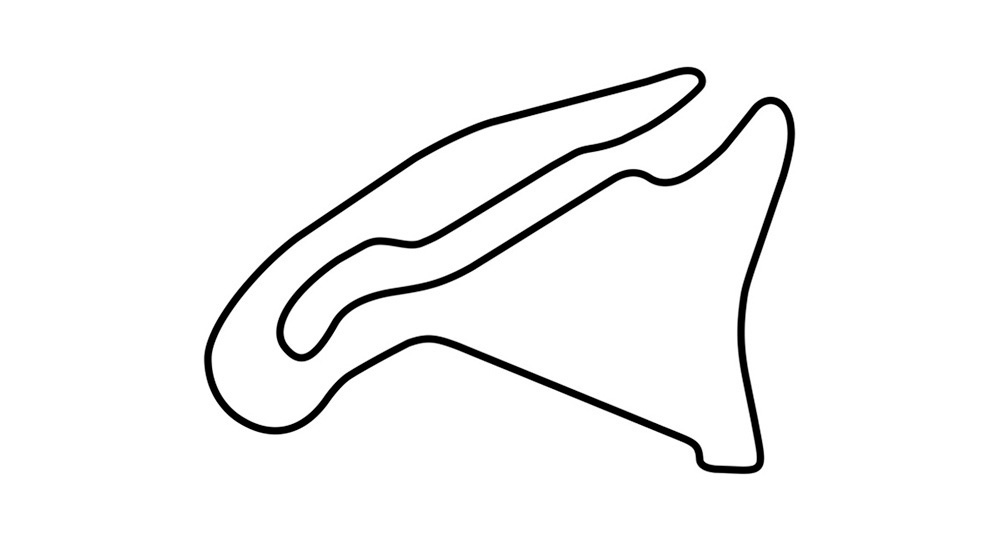 < 1.8 Magny-Cours Circuit . France
< 1.8 Magny-Cours Circuit . France 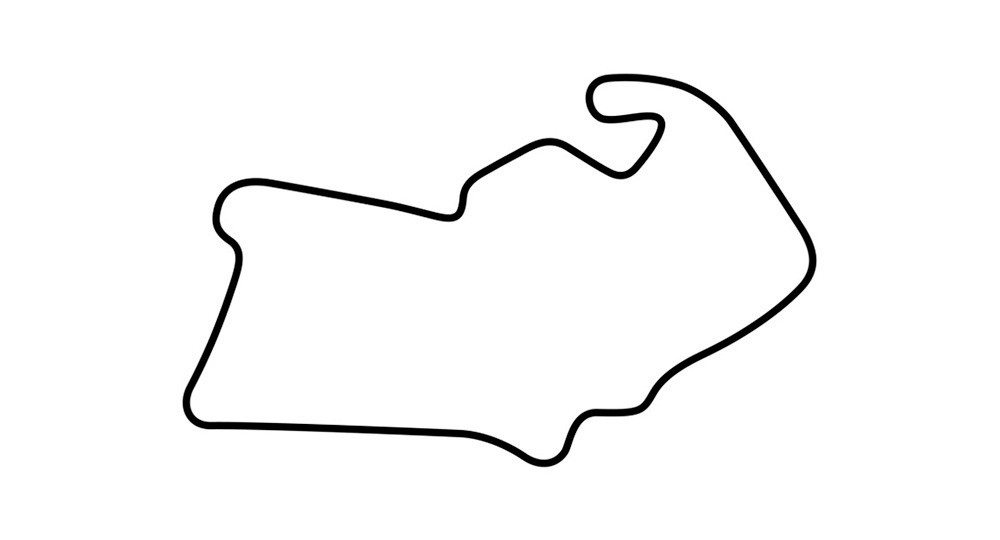 < 1.9 Silverstone Circuit . Britain
< 1.9 Silverstone Circuit . Britain 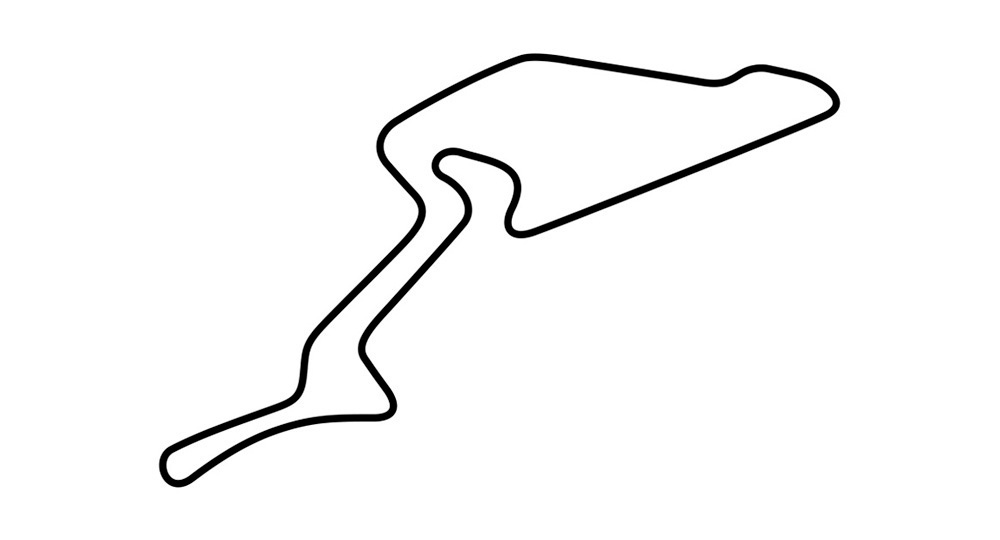 < 1.10 Nuerburgring . Germany
< 1.10 Nuerburgring . Germany 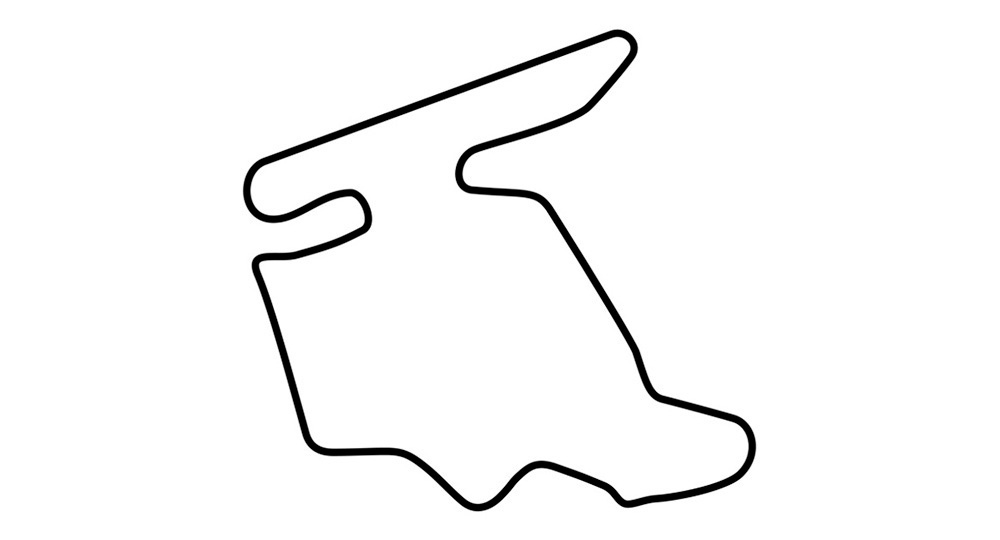 < 1.11 Hungaroring . Hungary
< 1.11 Hungaroring . Hungary 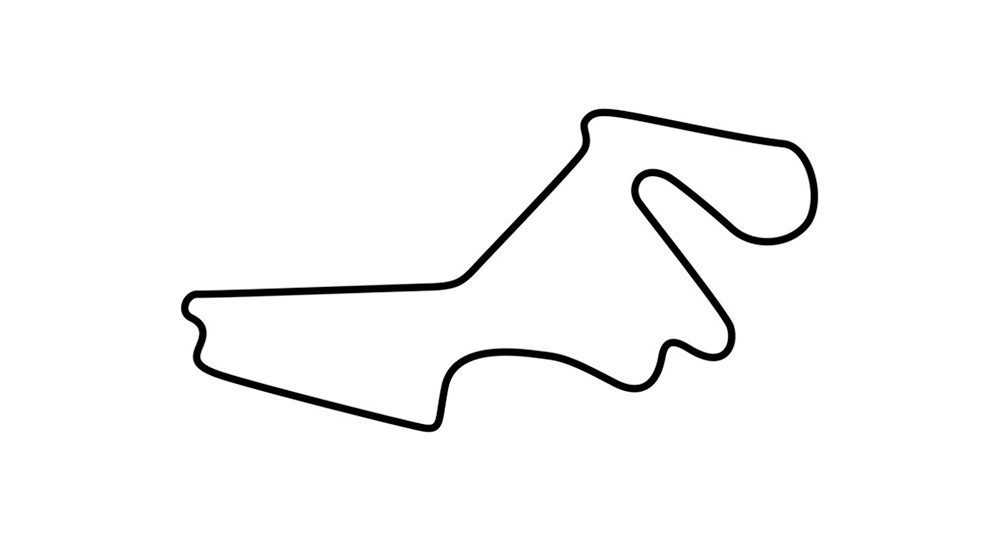 < 1.12 Istanbul . Turkey
< 1.12 Istanbul . Turkey 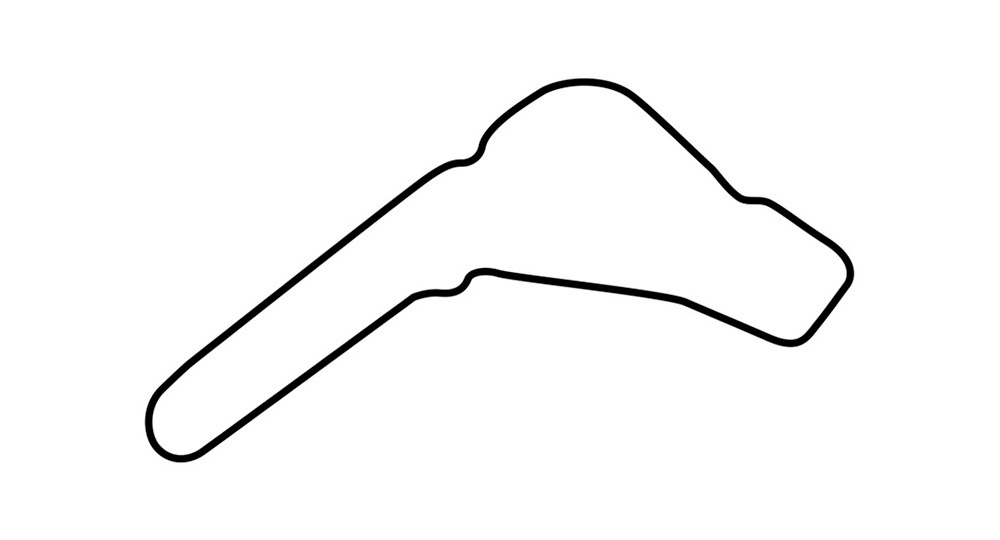 < 1.13 Monza . Italy
< 1.13 Monza . Italy 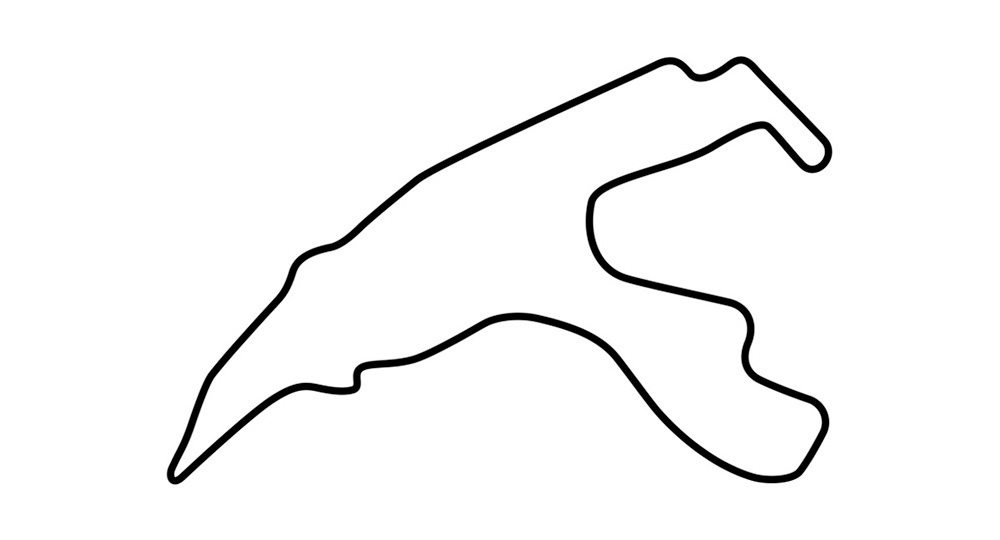 < 1.14 Spa . Belgium
< 1.14 Spa . Belgium 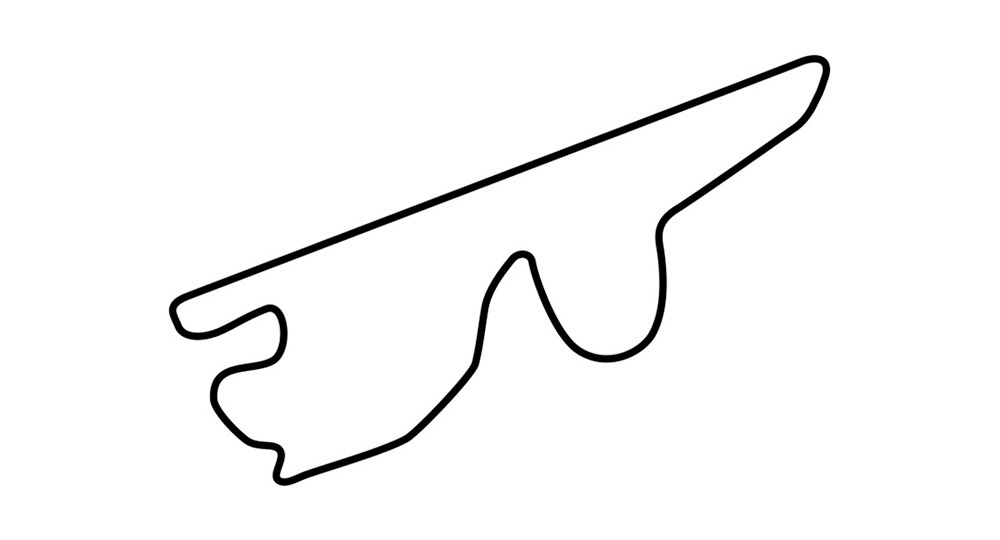 < 1.15 Suzuka . Japan
< 1.15 Suzuka . Japan 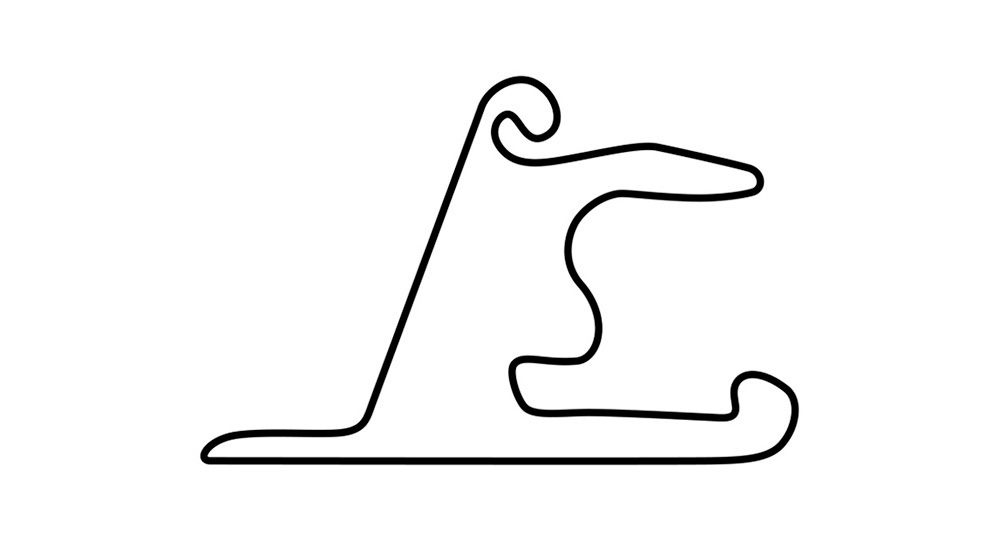 < 1.16 Shanghai . China
< 1.16 Shanghai . China 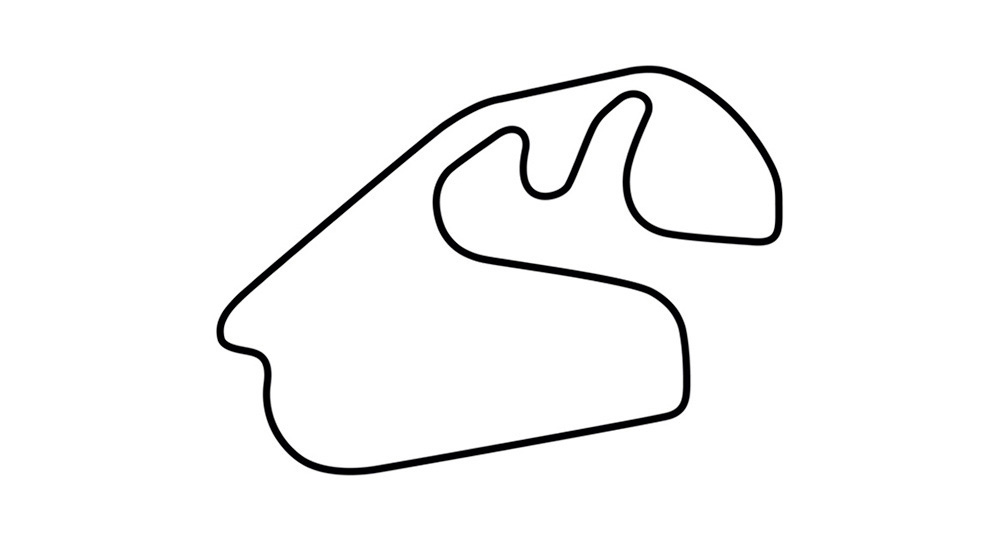 < 1.17 Interlagos . Brazil
< 1.17 Interlagos . BrazilThe Courses investigate the Formula 1 tracks as a site of extreme technological embodiment and the Formula 1 circus as a global spectacle that increasingly exists in a state of simulation. It is divided into two conceptual threads: the embodied abstraction of the racecourse through simulation and training, and the global Formula 1 “circus” as a hyperreal event.
Technological Abstraction and the real body
At the core of Formula 1 is a deeply technological process of abstraction.
The racecourse, while a physical space, is reduced to data: curves, speeds, braking points, G-forces.
Drivers do not simply learn the track—they internalize it.
Through advanced simulators, they rehearse every movement until the body no longer consciously registers decisions.
This aligns with theories of technological embodiment—how machines extend and reshape human perception and action.
Simulators act not just as representations of reality but as preparatory environments where the real-world track is pre-lived.
The driver’s body becomes a machine trained to operate within a pre-modeled environment.
This is reminiscent of Gilbert Simondon's philosophy of technical individuation, where the human becomes a node in a larger technical system—merged with telemetry, AI, and kinetic feedback systems.
The race thus becomes a performance of pre-programmed knowledge.
The path is not "discovered" but enacted—a choreography between memory and muscle, between human and machine.
The Formula 1 in a simulated place
The second aspect of the project engages Jean Baudrillard’s theory of simulation and hyperreality.
Formula 1 presents itself as a globe-trotting spectacle, moving from Monaco to Singapore, from Austin to Abu Dhabi.
The events are framed as exotic, grounded in geography and national identity. Yet for the vast majority of viewers, the race is consumed via television and digital screens.
The "where" becomes irrelevant—races are mostly distinguished by background visuals, sponsorship overlays, and color schemes. In Baudrillard’s terms, Formula 1 becomes a simulacrum: a copy without an original.
The essence of the race is no longer tied to its physical location.
The spectacle could happen anywhere—or nowhere—and still function the same.
The circuits are interchangeable in meaning, aestheticized, and detached from their actual spatial context.
The project suggests: if the viewer experience is primarily visual and narrative-based, then the entire circus could be simulated in one location, with only backgrounds changed digitally—like a virtual film set.
This provokes questions about authenticity, embodiment, and the function of "place" in mediated experiences.
Toward a Unified Theory of the Simulated Drive
By bridging bodily training and global spectacle, this project positions Formula 1 as both a site of technological absorption and symbolic detachment.
It highlights how advanced simulation—whether for driver preparation or for audience experience—challenges traditional notions of the real.
The driver becomes a trained interface; the race becomes a streamed illusion.
Baudrillard wrote that “we live in a world more real than the real.” In Formula 1, the track is driven before it is experienced, and the world is watched without being touched.
Imposing Scale and Space: The Collapse of Geography and Territory Formula 1 tracks are not merely arenas of speed but spatial inscriptions of power.
Like airports or megastructures, they constitute a form of territorial architecture—vast, deliberate imprints on the earth that reorganize land, urban boundaries, and movement itself.
These circuits often exist in liminal zones: at the edge of cities, on repurposed farmland, or layered onto historical urban fabrics.
They reflect a late-capitalist logic of spectacle and logistics, where space is engineered for flow, visibility, and media transmission.
Infrastructure at this scale confronts human scale, prioritizing speed, spectacle, and transmission.
It becomes architecture as sign, where geography, planning, and performance collapse into a singular, abstracted line.
The project is not only a study of movement but of how space is abstracted, colonized, and internalized.
Technological Abstraction and the real body
At the core of Formula 1 is a deeply technological process of abstraction.
The racecourse, while a physical space, is reduced to data: curves, speeds, braking points, G-forces.
Drivers do not simply learn the track—they internalize it.
Through advanced simulators, they rehearse every movement until the body no longer consciously registers decisions.
This aligns with theories of technological embodiment—how machines extend and reshape human perception and action.
Simulators act not just as representations of reality but as preparatory environments where the real-world track is pre-lived.
The driver’s body becomes a machine trained to operate within a pre-modeled environment.
This is reminiscent of Gilbert Simondon's philosophy of technical individuation, where the human becomes a node in a larger technical system—merged with telemetry, AI, and kinetic feedback systems.
The race thus becomes a performance of pre-programmed knowledge.
The path is not "discovered" but enacted—a choreography between memory and muscle, between human and machine.
The Formula 1 in a simulated place
The second aspect of the project engages Jean Baudrillard’s theory of simulation and hyperreality.
Formula 1 presents itself as a globe-trotting spectacle, moving from Monaco to Singapore, from Austin to Abu Dhabi.
The events are framed as exotic, grounded in geography and national identity. Yet for the vast majority of viewers, the race is consumed via television and digital screens.
The "where" becomes irrelevant—races are mostly distinguished by background visuals, sponsorship overlays, and color schemes. In Baudrillard’s terms, Formula 1 becomes a simulacrum: a copy without an original.
The essence of the race is no longer tied to its physical location.
The spectacle could happen anywhere—or nowhere—and still function the same.
The circuits are interchangeable in meaning, aestheticized, and detached from their actual spatial context.
The project suggests: if the viewer experience is primarily visual and narrative-based, then the entire circus could be simulated in one location, with only backgrounds changed digitally—like a virtual film set.
This provokes questions about authenticity, embodiment, and the function of "place" in mediated experiences.
Toward a Unified Theory of the Simulated Drive
By bridging bodily training and global spectacle, this project positions Formula 1 as both a site of technological absorption and symbolic detachment.
It highlights how advanced simulation—whether for driver preparation or for audience experience—challenges traditional notions of the real.
The driver becomes a trained interface; the race becomes a streamed illusion.
Baudrillard wrote that “we live in a world more real than the real.” In Formula 1, the track is driven before it is experienced, and the world is watched without being touched.
Imposing Scale and Space: The Collapse of Geography and Territory Formula 1 tracks are not merely arenas of speed but spatial inscriptions of power.
Like airports or megastructures, they constitute a form of territorial architecture—vast, deliberate imprints on the earth that reorganize land, urban boundaries, and movement itself.
These circuits often exist in liminal zones: at the edge of cities, on repurposed farmland, or layered onto historical urban fabrics.
They reflect a late-capitalist logic of spectacle and logistics, where space is engineered for flow, visibility, and media transmission.
Infrastructure at this scale confronts human scale, prioritizing speed, spectacle, and transmission.
It becomes architecture as sign, where geography, planning, and performance collapse into a singular, abstracted line.
The project is not only a study of movement but of how space is abstracted, colonized, and internalized.
exhibition
The Courses1.1 – 1.17
amendment
The Cousesa1.1 – 4.2
google eart screenshots
1.1 Albert Park . Australia 1.2 Sepang . Malaysia 1.3 Bahrain . Bahrain 1.4 Catalunya . Spain 1.5 Monte Carlo . Monaco 1.6 Gilles Villeneuve . Canada 1.7 Indianapolis . Usa 1.8 Magny-Cours Circuit . France 1.9 Silverstone Circuit . Britain 1.10 Nuerburgring . Germany 1.11 Hungaroring . Hungary 1.12 Istanbul . Turkey 1.13 Monza . Italy 1.14 Spa . Belgium 1.15 Suzuka . Japan 1.16 Shanghai . China 1.17 Interlagos . Brazil
1.1 Albert Park . Australia 1.2 Sepang . Malaysia 1.3 Bahrain . Bahrain 1.4 Catalunya . Spain 1.5 Monte Carlo . Monaco 1.6 Gilles Villeneuve . Canada 1.7 Indianapolis . Usa 1.8 Magny-Cours Circuit . France 1.9 Silverstone Circuit . Britain 1.10 Nuerburgring . Germany 1.11 Hungaroring . Hungary 1.12 Istanbul . Turkey 1.13 Monza . Italy 1.14 Spa . Belgium 1.15 Suzuka . Japan 1.16 Shanghai . China 1.17 Interlagos . Brazil
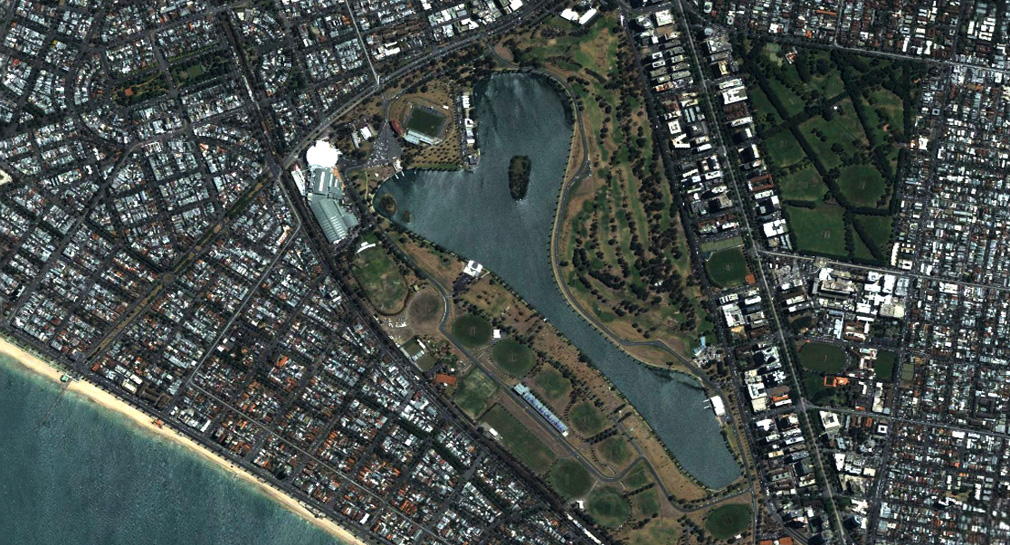

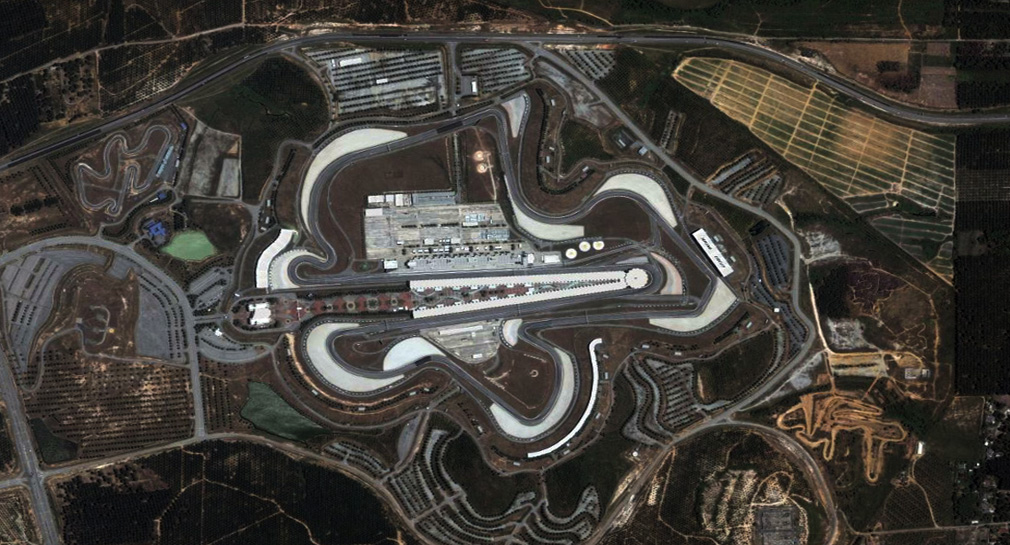
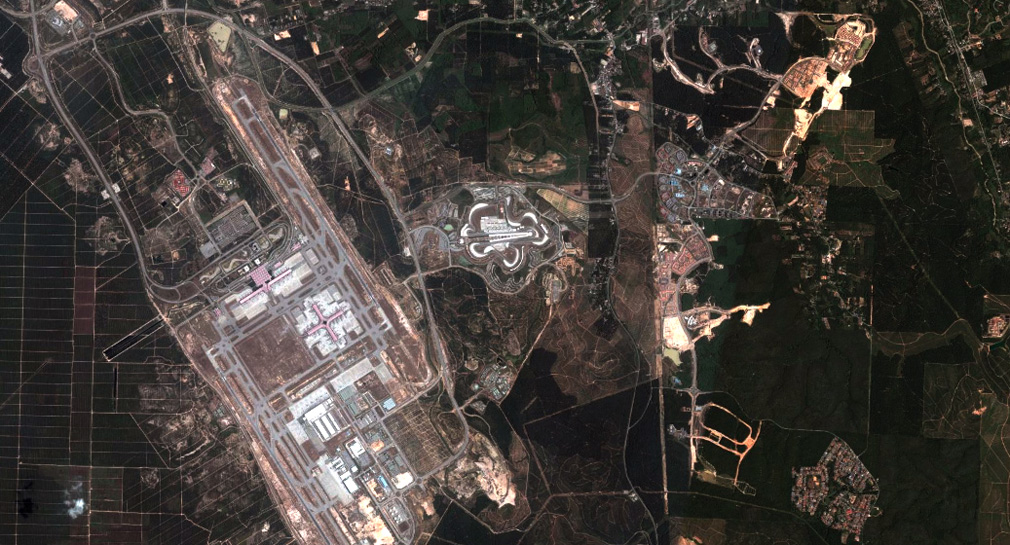
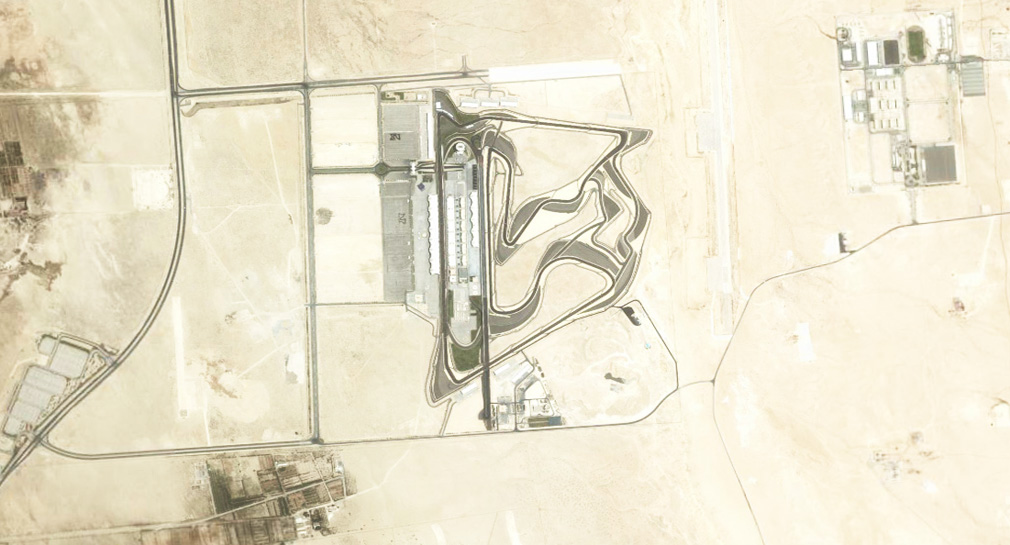
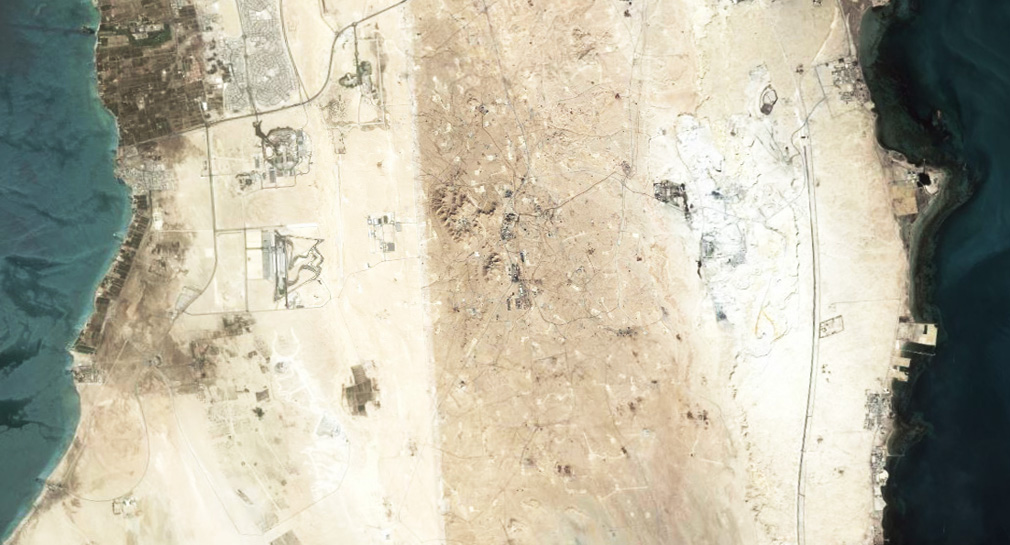
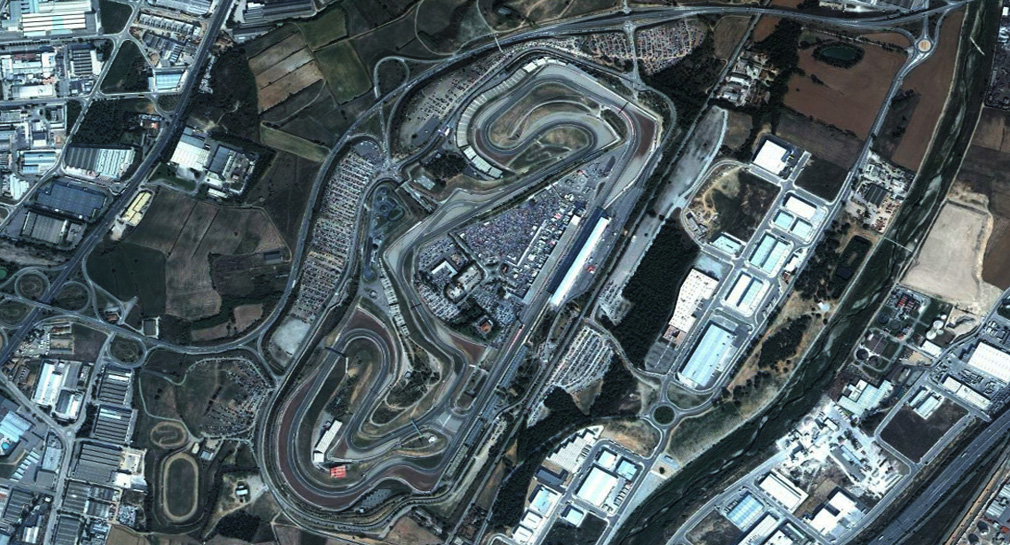
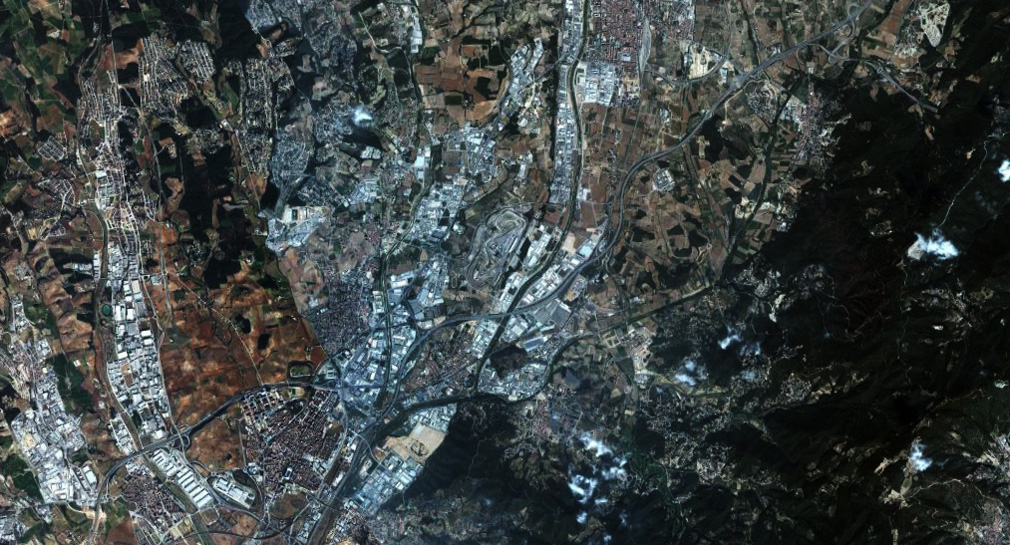
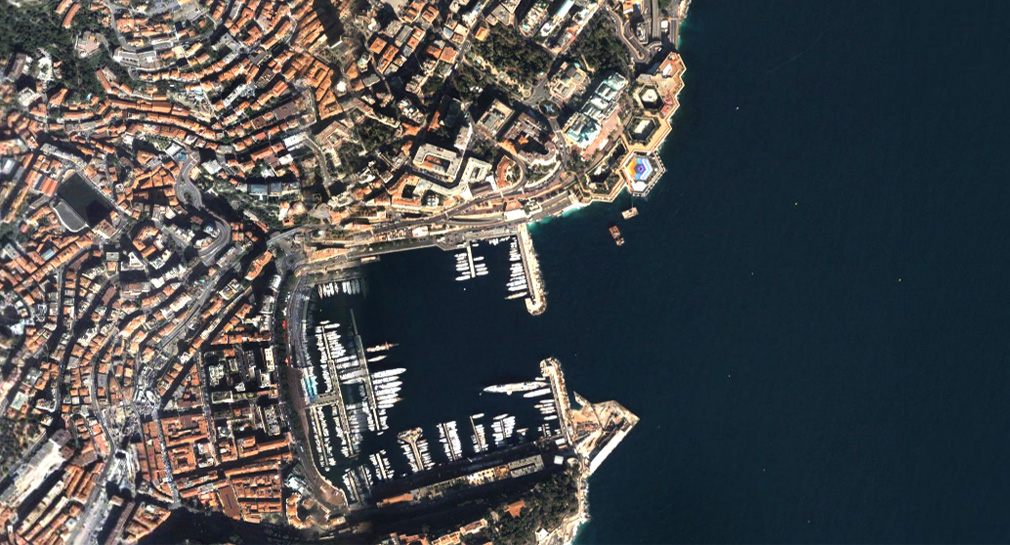
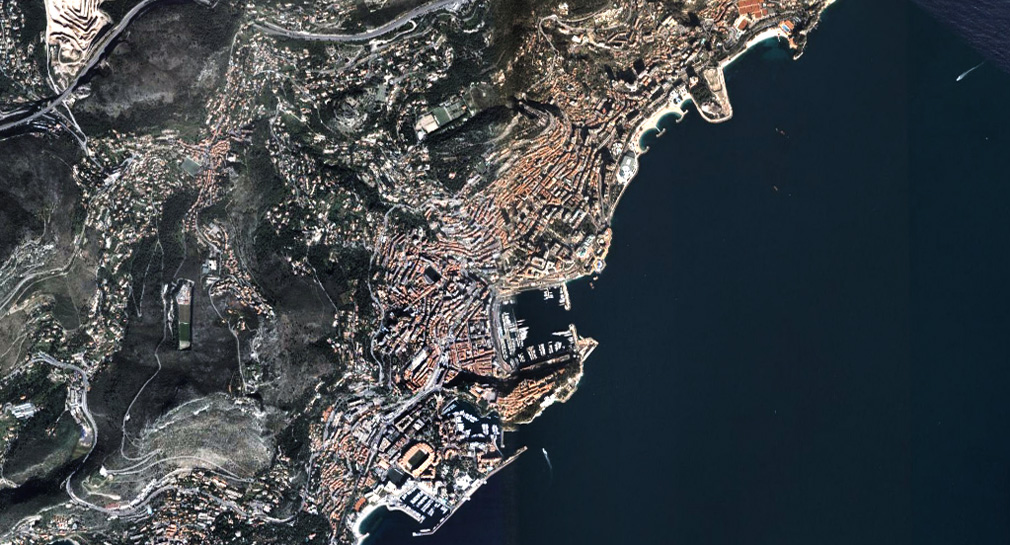
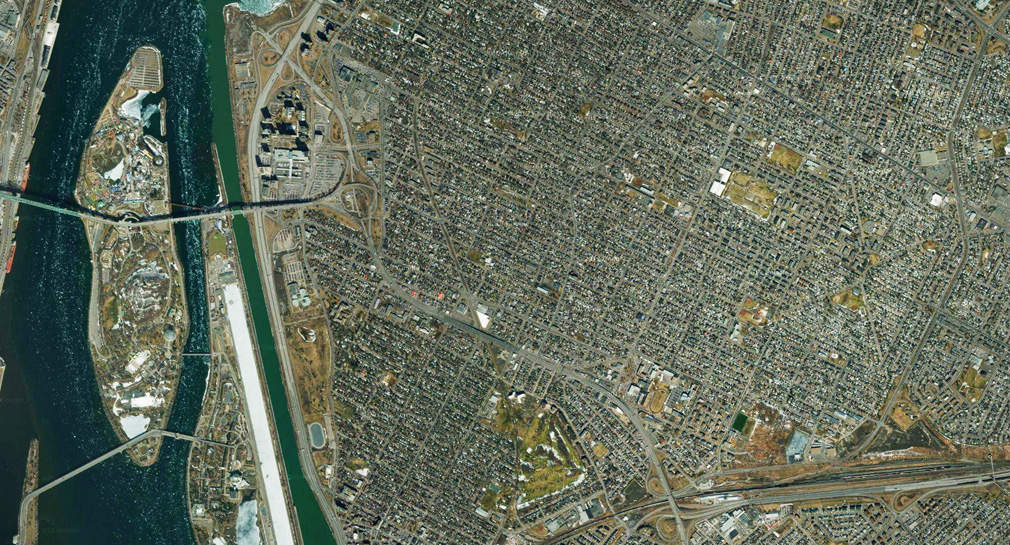
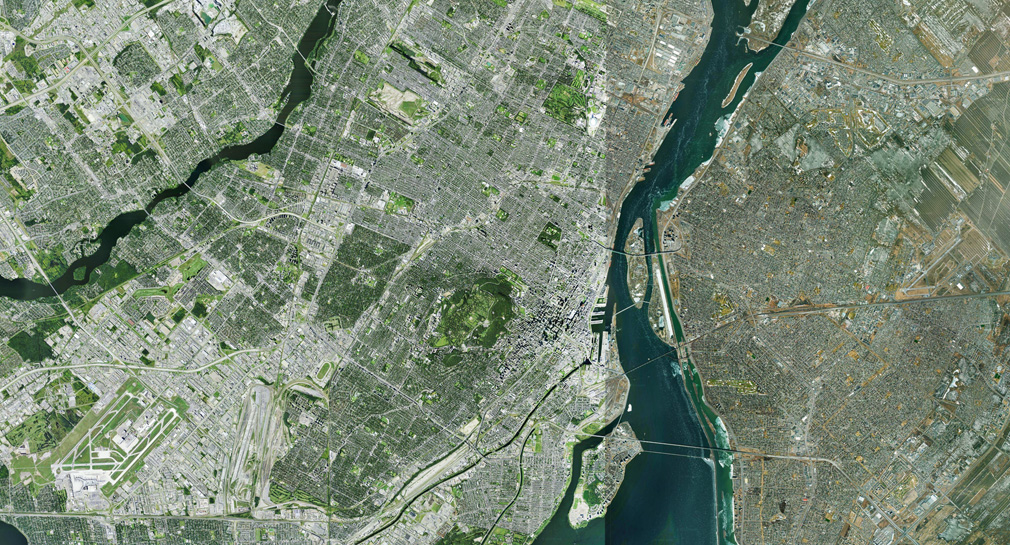
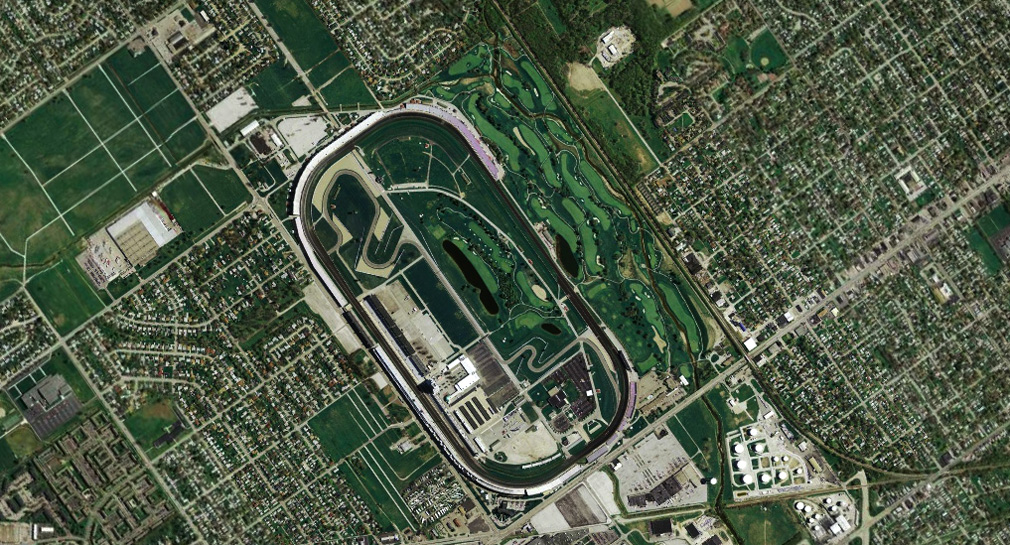
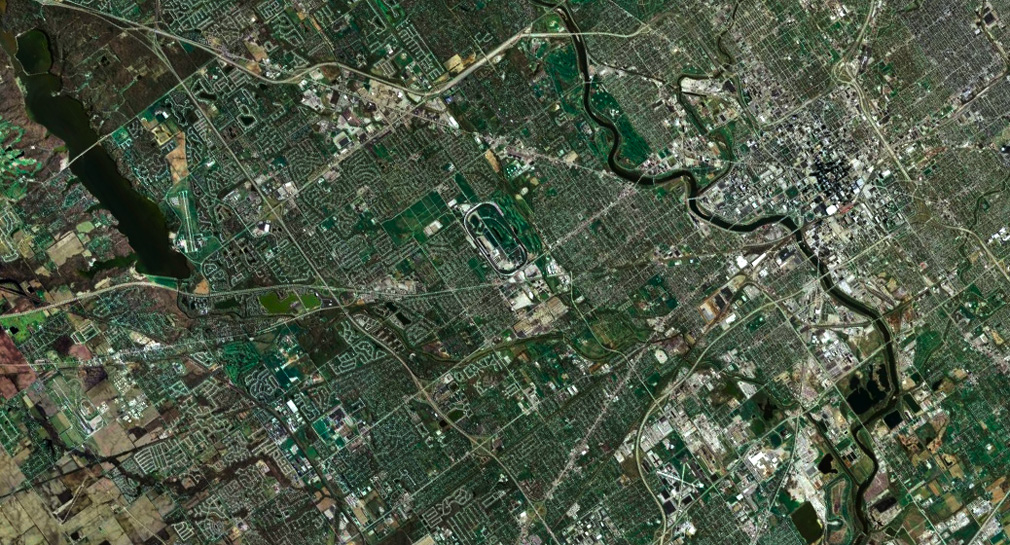
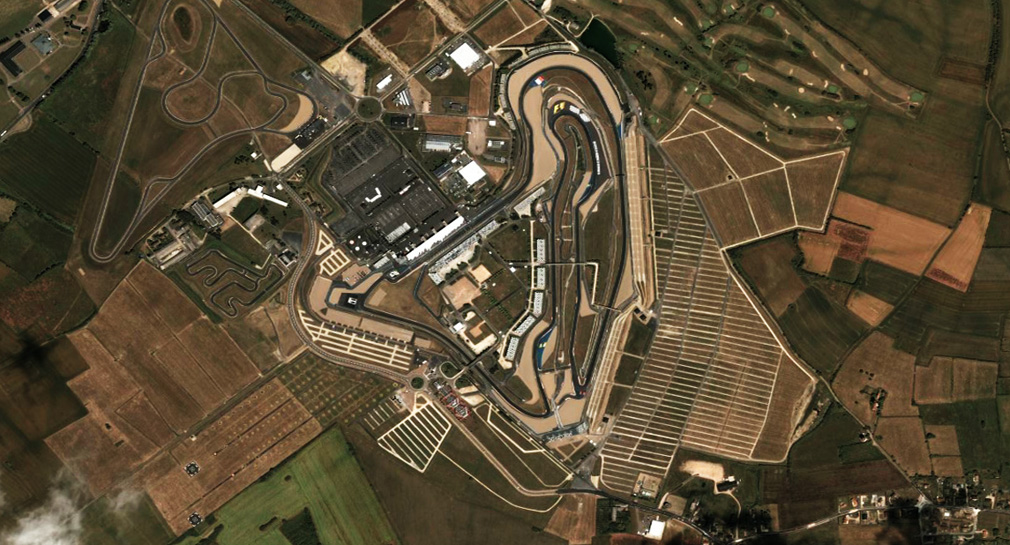
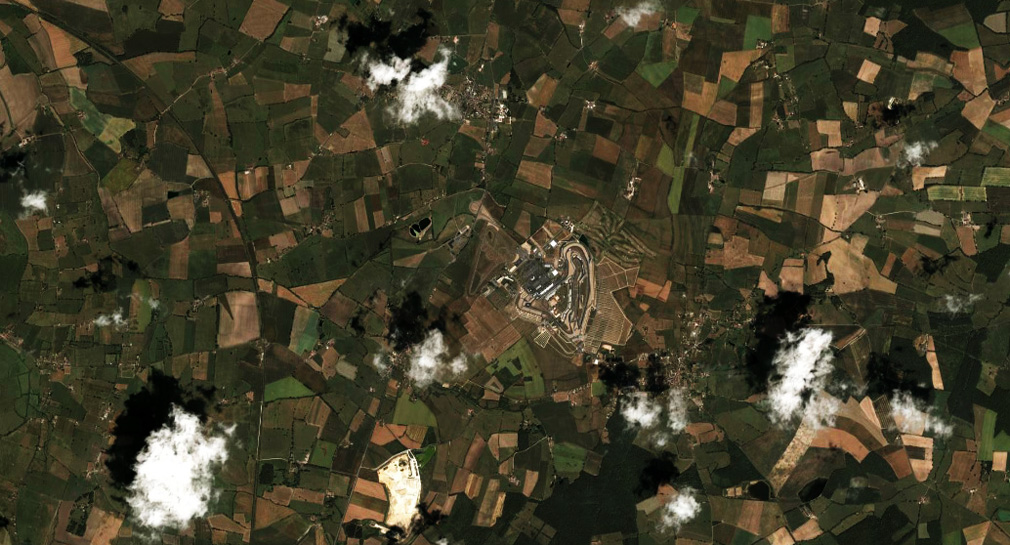
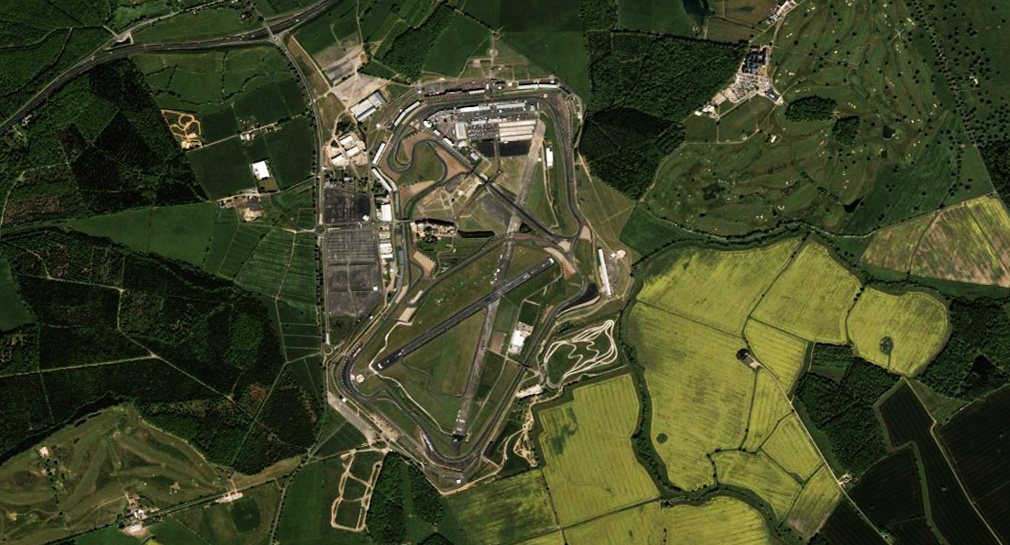
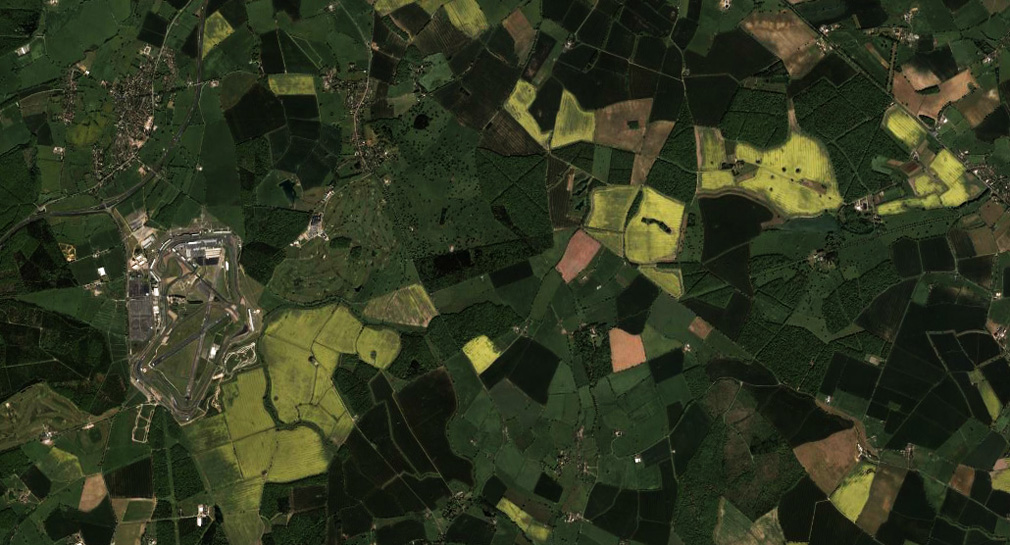
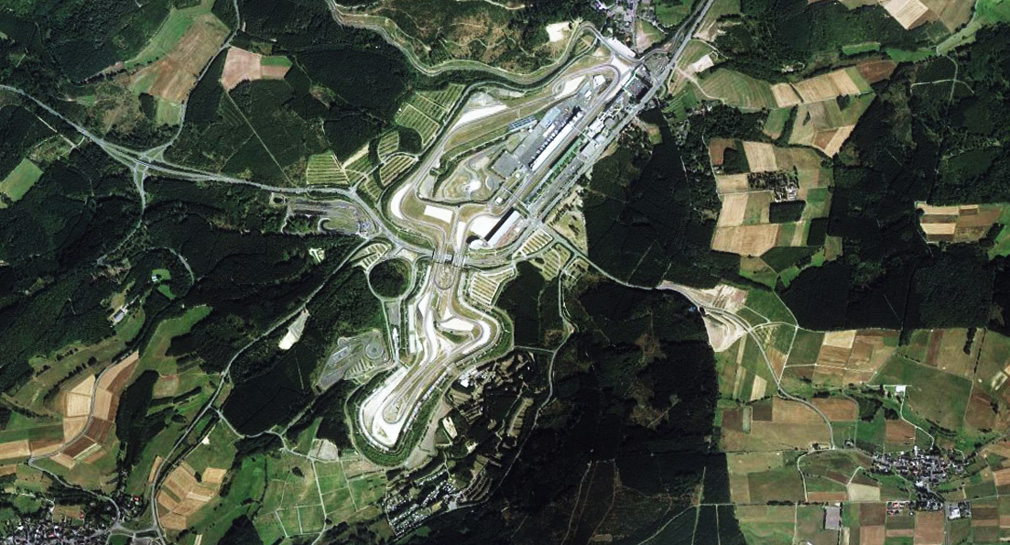

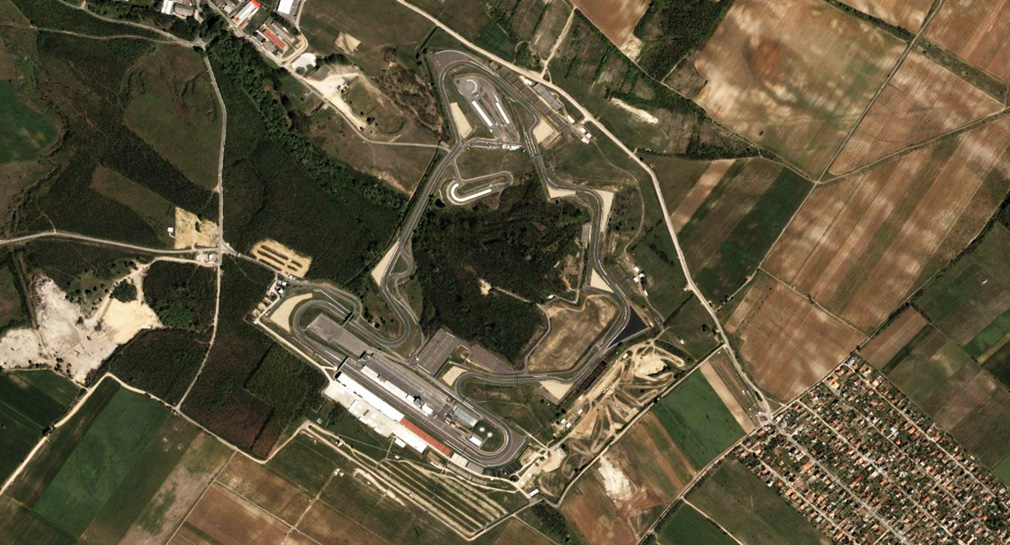
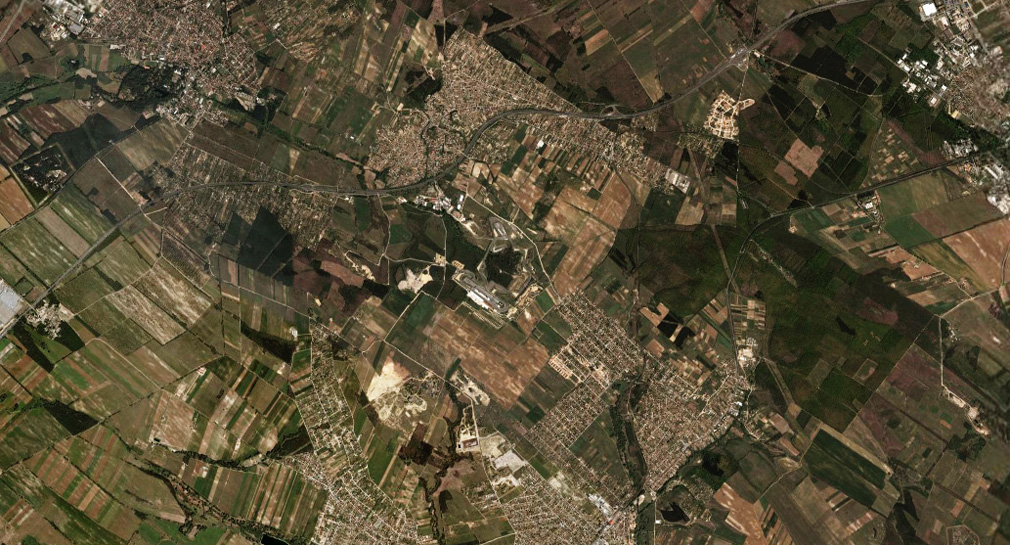
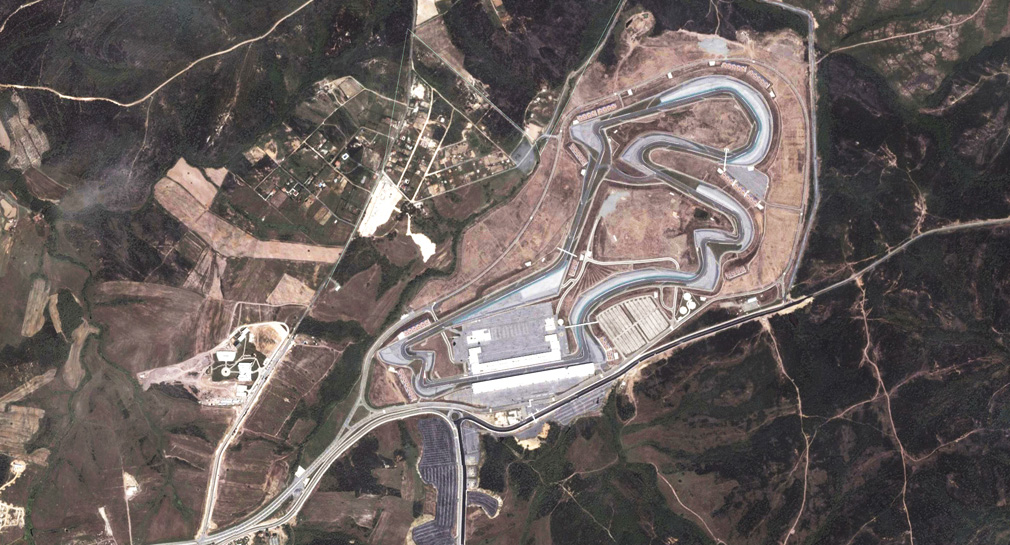
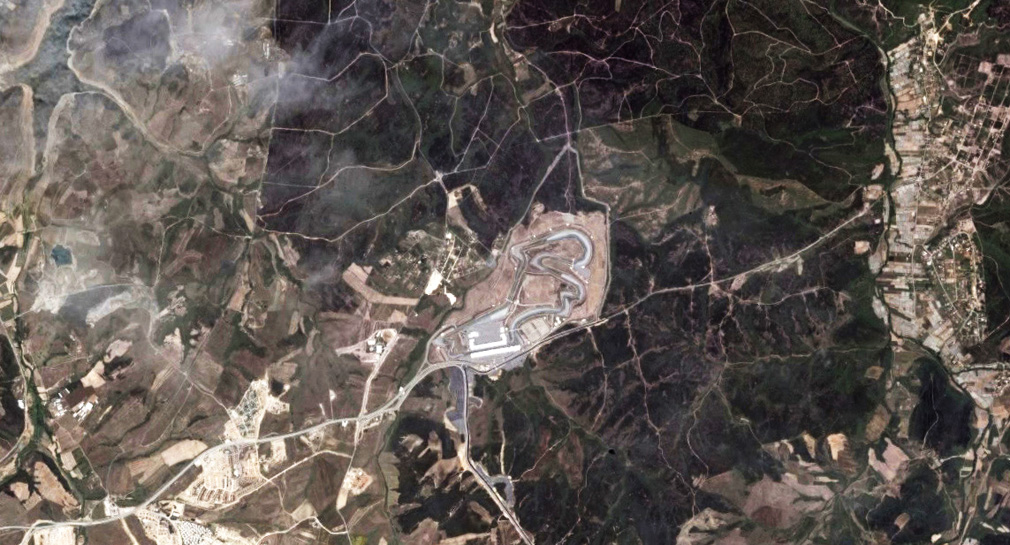
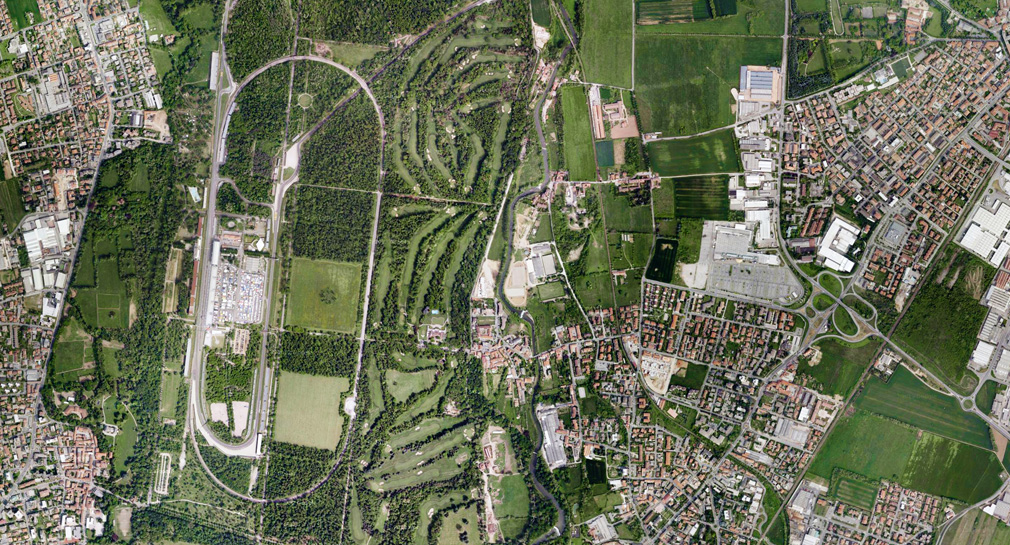
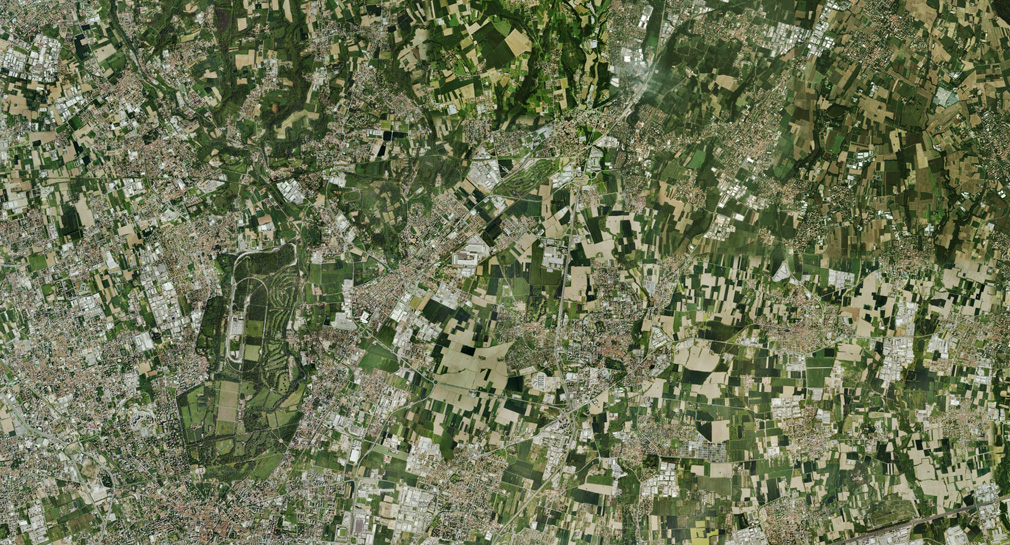
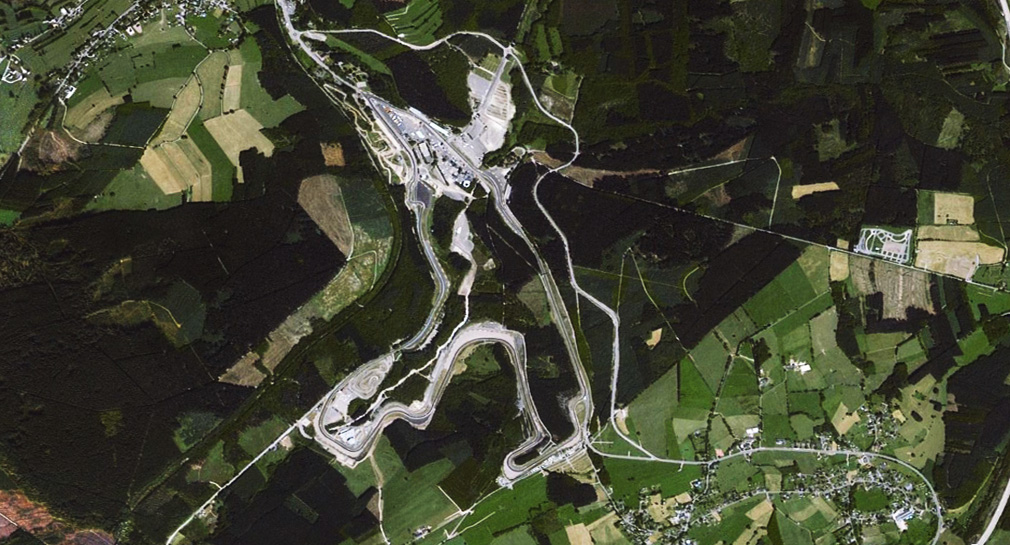
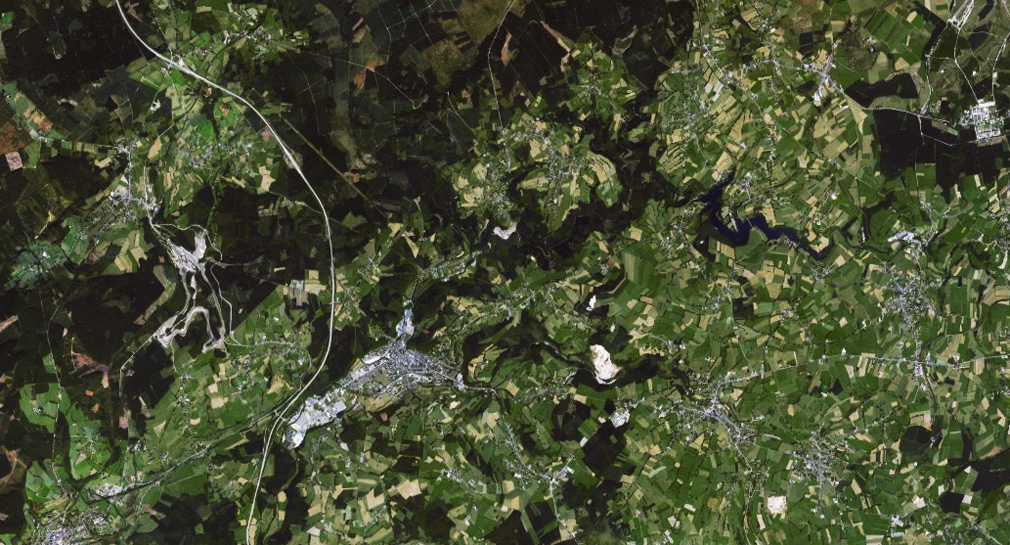
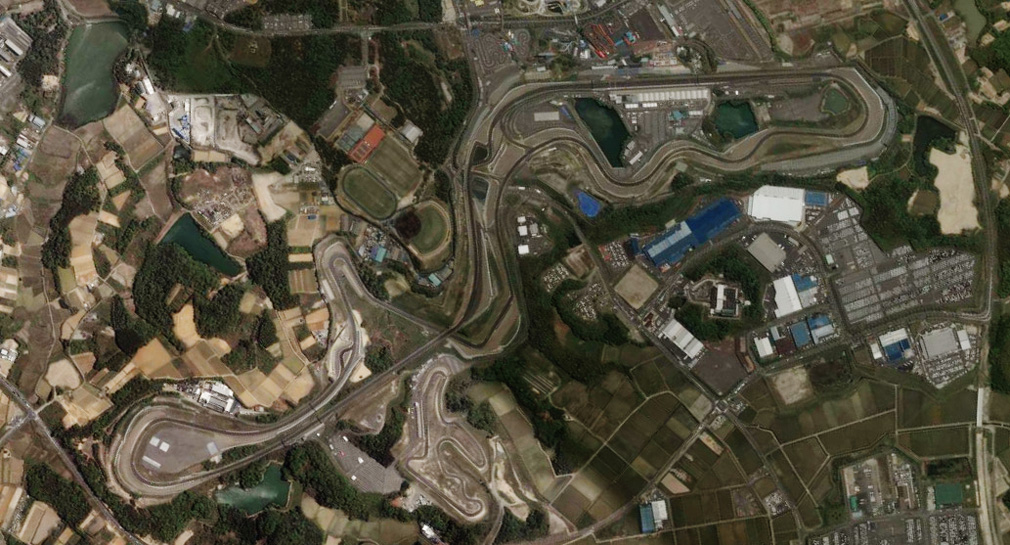
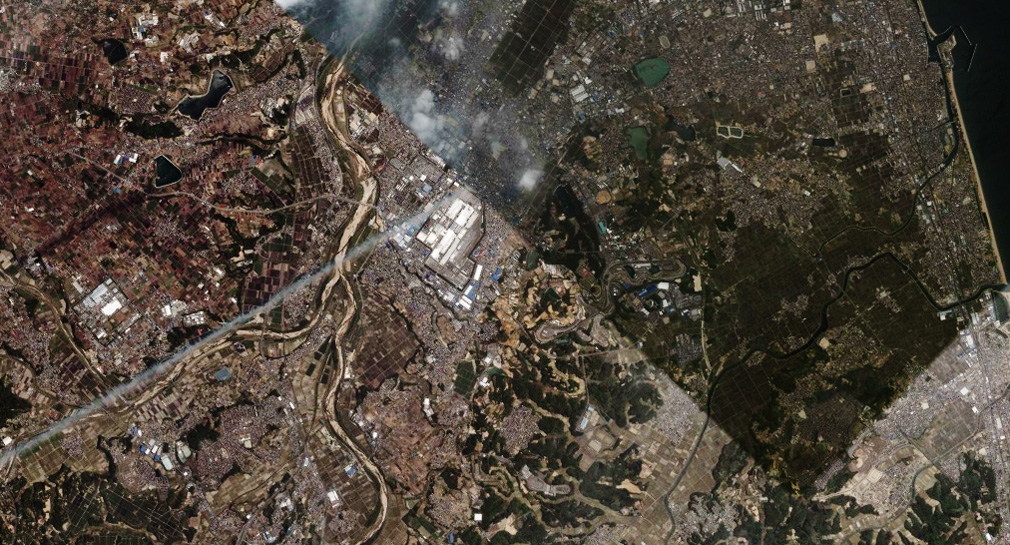
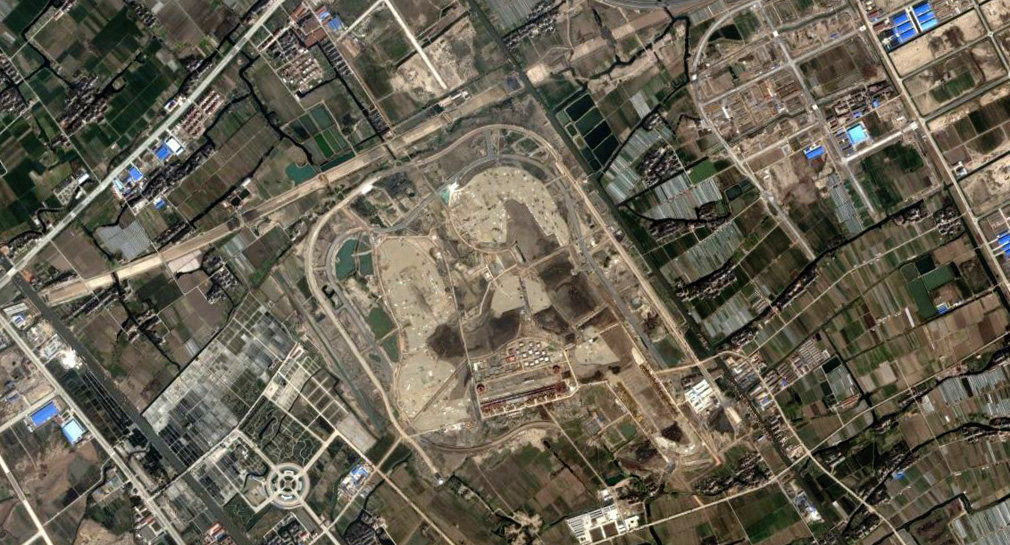
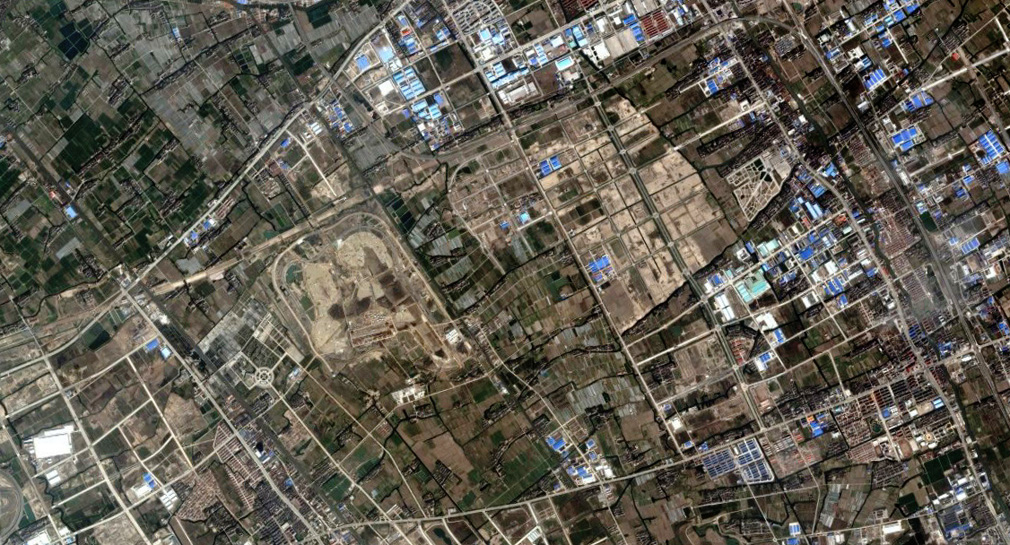
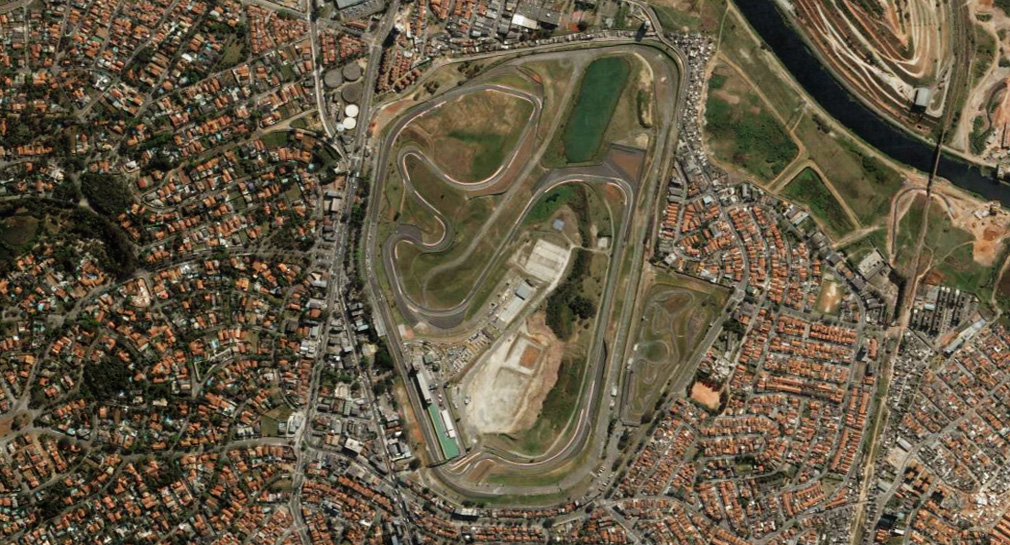
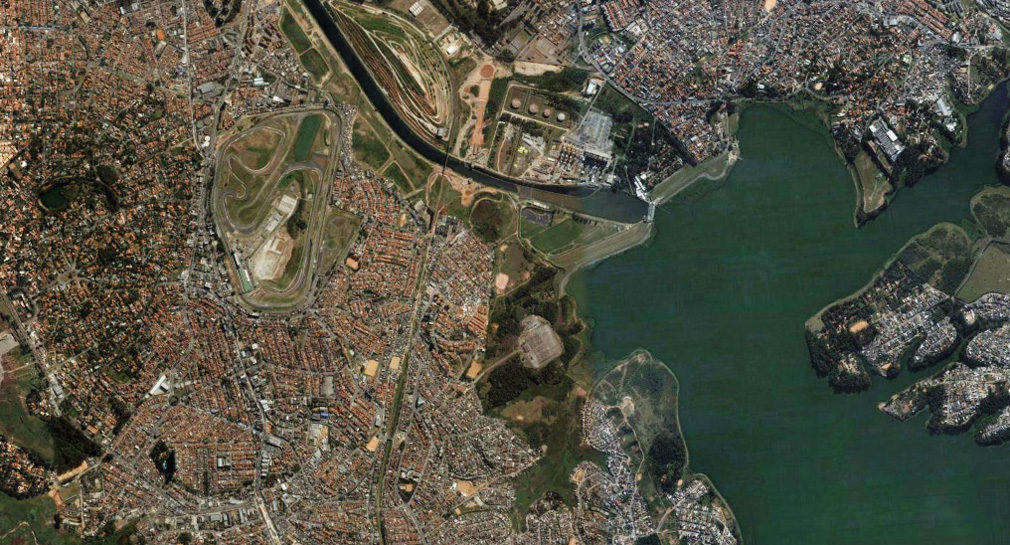
October 6th, 2025
